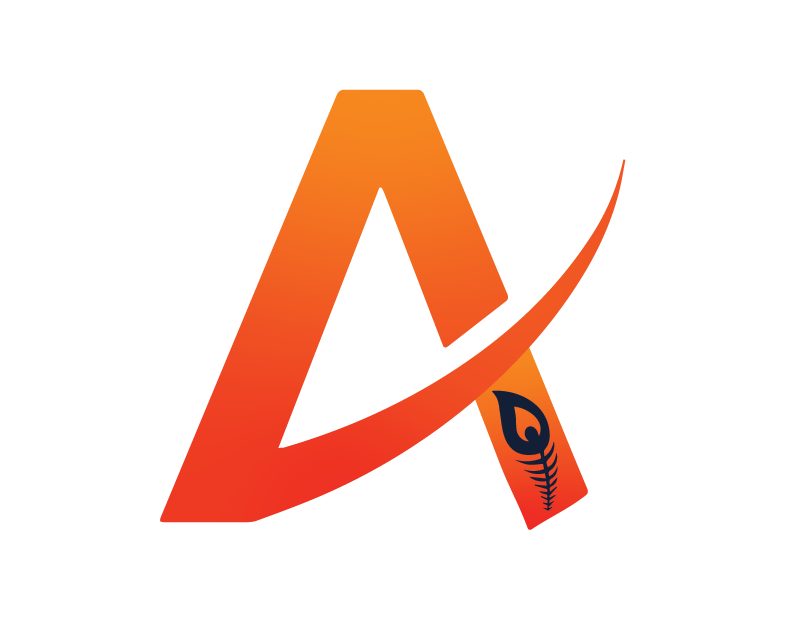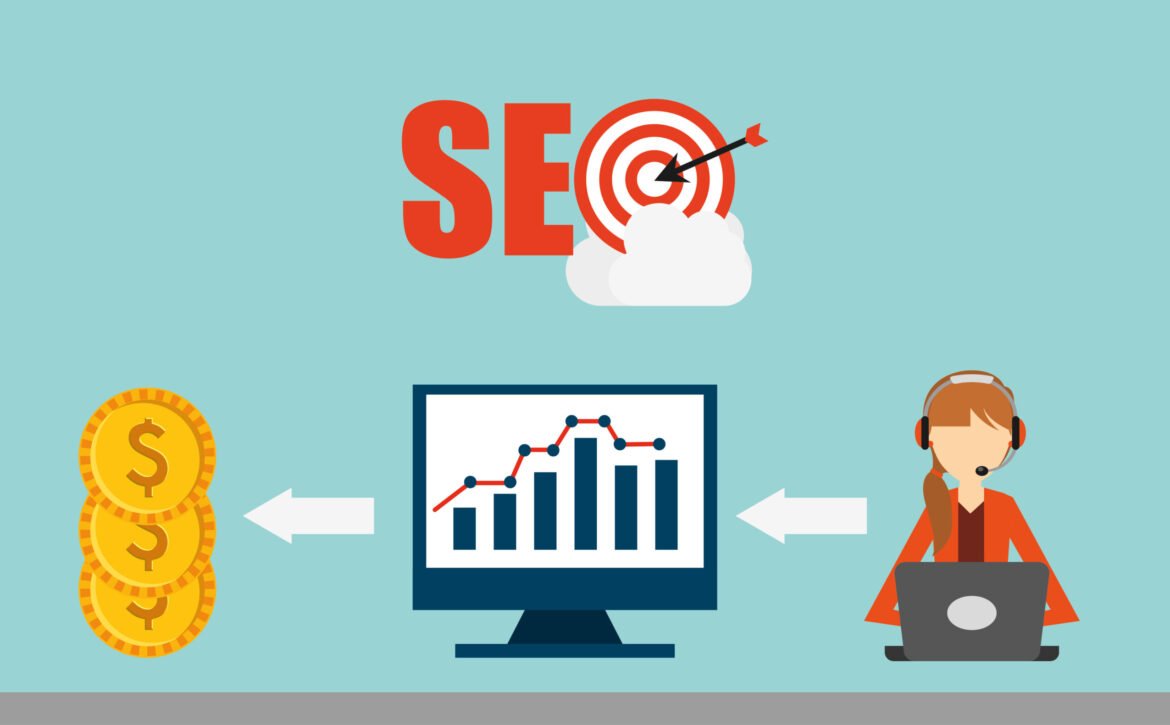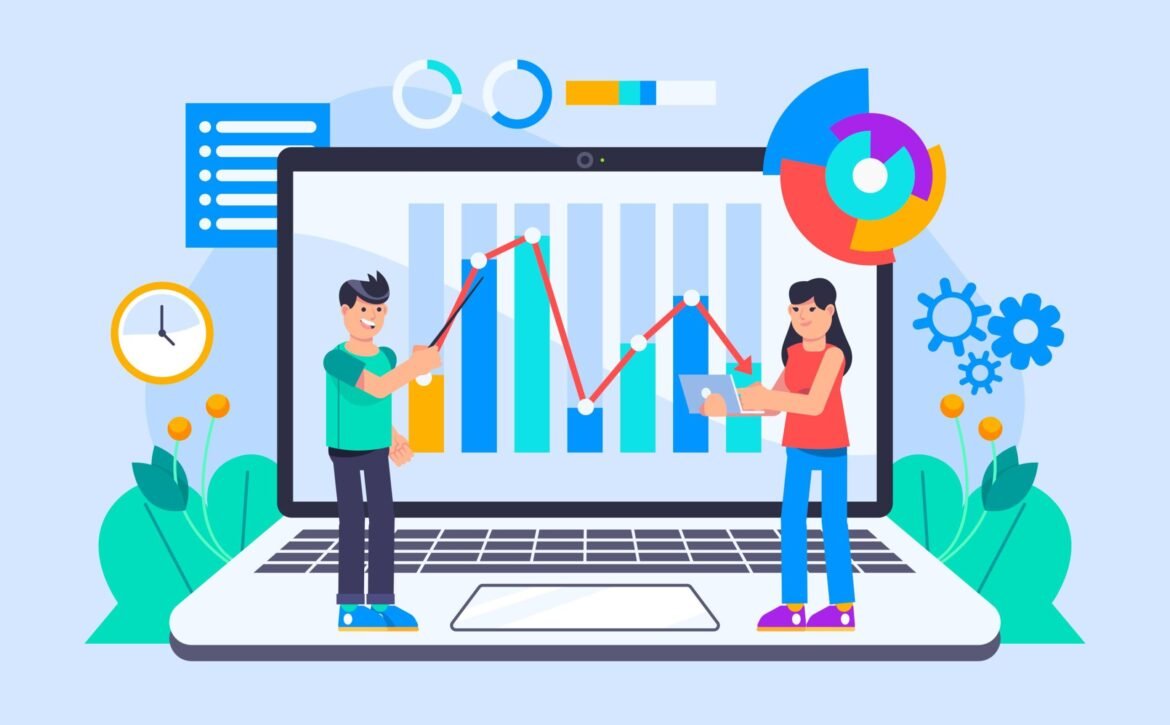Google’s AI Overviews Are Taking Over and It’s Hurting Your Clicks
A recent study analyzing Google search behaviour has revealed a significant shift in clickthrough rates (CTR) across industries, coinciding with the increasing presence of AI Overviews (AIOs) in search results. Research from Advanced Web Ranking (AWR) found that AIOs appeared in 42.51% of search results in Q4 2024, marking an 8.83 percentage point increase from the previous quarter.
Impact on Clickthrough Rates
The rise of AIOs has led to a substantial drop in CTR for informational queries. Websites ranking in the top four positions for search queries containing terms like “what,” “when,” “where,” and “how” saw a combined 7.31 percentage point decline in desktop CTR.
According to study author Dan Popa:
“This surge in AI Overviews may be impacting clickthrough rates for organic listings, as informational content is increasingly getting overrun by these AI-generated summaries.”
This trend highlights the challenge for websites relying on organic search traffic, particularly for informational content that now competes with AI-generated responses.
Industry-Specific CTR Shifts
The study indicates that SEO success is becoming more industry-dependent, with some sectors faring better than others:
- Law & Politics: Saw the highest increase in CTR for top desktop positions, gaining 7.39 percentage points, alongside a 68.66% surge in search demand.
- Science: Experienced the largest decline, with top desktop positions dropping 6.03 percentage points, while search demand decreased by 37.63%.
- Careers: Despite a massive 334.36% increase in search demand, the top three desktop positions lost a combined 4.34 percentage points in CTR.
- Shopping: The holiday season boosted search demand by 142.88%, yet CTR declined by 1.39 points on desktop and 1.96 points on mobile.
- Education: Had a mixed outcome, with top positions gaining nearly 6% in CTR, while positions 2-3 declined despite increased traffic.
Only the business and style & fashion sectors saw both increased search demand and improved CTRs, making them rare exceptions.
Desktop vs. Mobile Behavior
The report also analyzed how user behaviour differs between devices:
- Desktop CTR for informational queries declined, while mobile CTR for top-ranked sites increased by 1.81 percentage points.
- Arts & Entertainment websites saw a 1.01 percentage point drop in desktop CTR but a 2.28 percentage point gain on mobile for position one.
- Long-tail queries (four or more keywords) saw CTR declines for desktop positions 2-3, while single-word queries gained nearly two percentage points in CTR on mobile for top positions.
Key Takeaways for Website Owners
This study underscores that ranking #1 on Google no longer guarantees the same level of traffic. Several factors now influence CTR, including:
- Industry and query type: Different sectors experience varying levels of impact from AI Overviews.
- SERP features: AI-generated summaries increasingly absorb clicks that would have gone to organic results.
- Pixel depth tracking: Websites should monitor how far users must scroll to find their listings for more accurate traffic projections.
Study Methodology
AWR’s research compared CTR data from Q4 2024 to Q3 2024 across multiple markets, including the US and UK. Using AWR’s free AIO tool, researchers identified an 8.83 percentage point rise in AI Overview presence, categorizing queries by intent, length, and industry verticals to analyze user behaviour shifts.
Conclusion
With AI Overviews increasingly influencing search results, website owners must adapt their SEO strategies to remain competitive. Monitoring industry-specific trends, optimizing for mobile, and tracking pixel depth are key steps to mitigating the impact of declining clickthrough rates in an AI-dominated search landscape.










